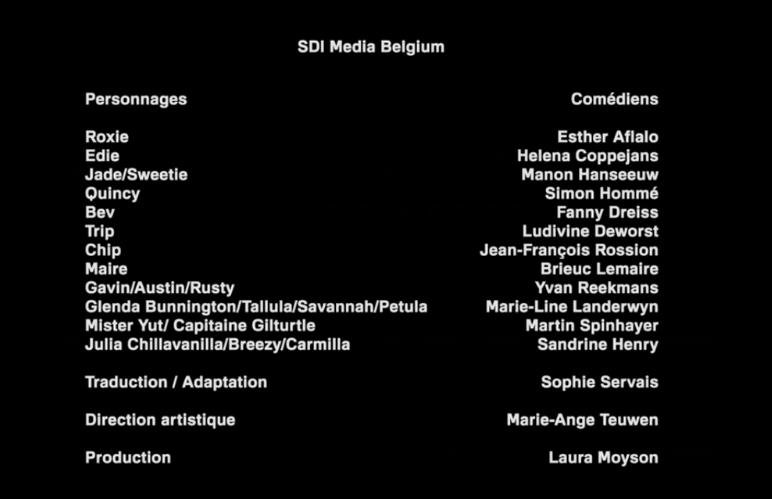Film screen credits are an essential part of any movie, providing recognition to the countless individuals who contribute to the production. From the director and lead actors to the behind-the-scenes crew, credits ensure that everyone involved receives acknowledgment for their work. Understanding the structure and order of film credits is crucial for filmmakers and industry professionals. This article delves into the basics of film screen credits, exploring their significance, typical order, and the differences between opening and closing credits.
Film credits serve a vital purpose in the movie industry. They provide a formal acknowledgment of the contributions made by various individuals and organizations involved in the production. Credits are not just a formality; they are a testament to the collaborative nature of filmmaking. By listing everyone from the director to the catering staff, credits highlight the extensive teamwork required to bring a film to life.

Credits also play a crucial role in the professional recognition of industry professionals. For actors, directors, writers, and crew members, having their names listed in the credits can enhance their reputation and career prospects. It serves as a record of their involvement in a project, which can be referenced in future endeavors. Additionally, credits can impact the financial aspects of filmmaking, as certain guilds and unions have specific requirements for crediting their members.
The structure and order of film credits are often dictated by industry standards and contractual agreements. While there is some flexibility, certain conventions are typically followed to ensure fairness and consistency. Understanding these conventions is essential for anyone involved in the production process.
Structure and Order of Film Credits
Film credits are generally divided into two main sections: opening credits and closing credits. Opening credits, also known as title sequences, appear at the beginning of a film and typically include the most important members of the cast and crew. Closing credits, on the other hand, provide a comprehensive list of everyone involved in the production and appear at the end of the film.
The order of opening credits usually follows a specific hierarchy. It begins with the production company and the film’s title, followed by the lead actors, supporting cast, and key crew members. The director’s name is often one of the last to appear in the opening credits, signifying their overall responsibility for the film. This order can vary depending on contractual agreements and the preferences of the filmmakers.
Closing credits are more extensive and include a detailed list of all contributors. This section typically starts with the main cast and key crew members, followed by various departments such as art, sound, and visual effects. It concludes with acknowledgments and special thanks. The order of closing credits is generally more flexible, but it still adheres to certain conventions to ensure that everyone receives appropriate recognition.
The process of creating film credits involves careful planning and coordination. Filmmakers must ensure that all names are spelled correctly and that the order reflects the contributions of each individual. This task can be complex, especially for large productions with extensive crews. However, it is a crucial aspect of the filmmaking process that cannot be overlooked.
Differences Between Opening and Closing Credits
While both opening and closing credits serve the purpose of recognizing contributors, there are key differences between the two. Opening credits are typically shorter and focus on the most prominent members of the cast and crew. They are designed to capture the audience’s attention and set the tone for the film. The visual and musical elements of opening credits are often carefully crafted to create a memorable introduction.
Closing credits, in contrast, are more comprehensive and detailed. They provide a complete list of everyone involved in the production, from the main cast to the smallest contributors. Closing credits are usually accompanied by music and may include additional visual elements such as behind-the-scenes footage or bloopers. This section allows filmmakers to acknowledge the hard work and dedication of the entire team.
The placement and design of credits can also vary depending on the genre and style of the film. Some films may choose to have elaborate opening credits with intricate animations, while others may opt for a simple and straightforward approach. Similarly, closing credits can range from a basic scroll of names to a more creative presentation that reflects the film’s themes and aesthetics.
Understanding the differences between opening and closing credits is important for filmmakers and industry professionals. It allows them to make informed decisions about how to structure and present the credits in a way that best suits the film and its audience. By doing so, they can ensure that all contributors receive the recognition they deserve.








